Is Picture Wing Fly a Predatory Jumping Spider Mimic?
The video of this picture wing fly (Delphinia picta) was recorded on April 24th 2011 in Athens, GA. It has a curious wing pattern which resembles a jumping spider but is it really? Mimicry is a type of species interaction that evolves in response to prey, predators and parasites. Examples of mimicry is abundant in nature and provide compelling cases for natural selection. A classic example is Heliconius butterflies living in tropical America. Some Heliconius species show Batesian mimicry. Wing […]

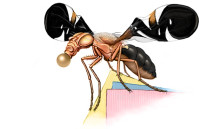
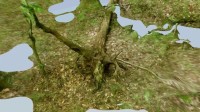
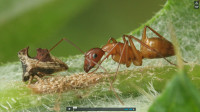
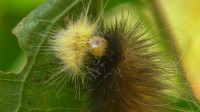
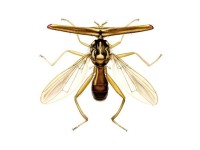
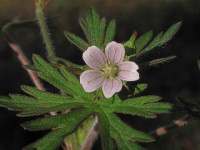
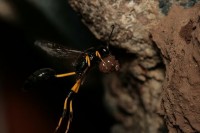

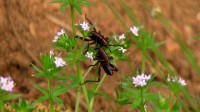
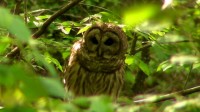

Recent Comments